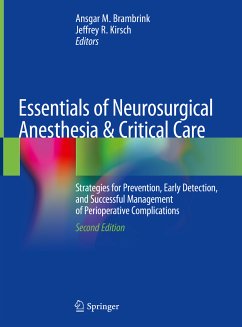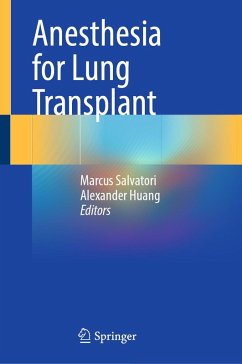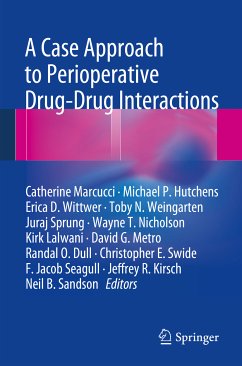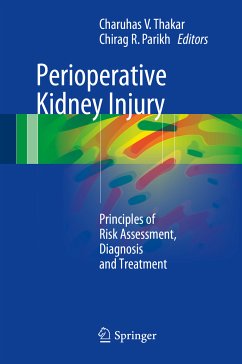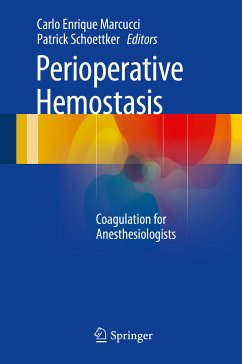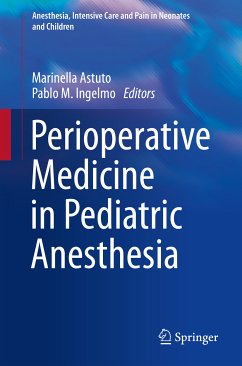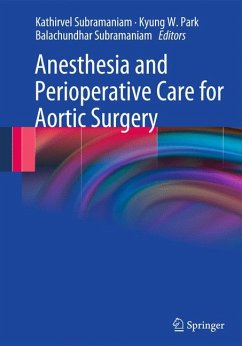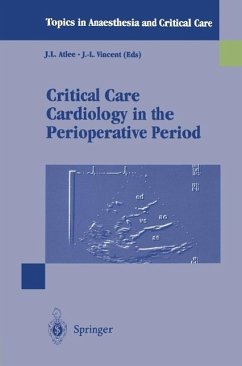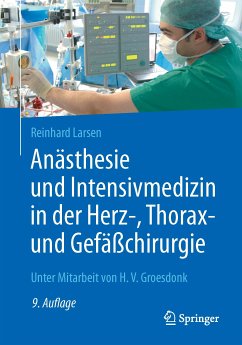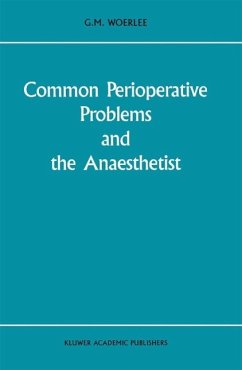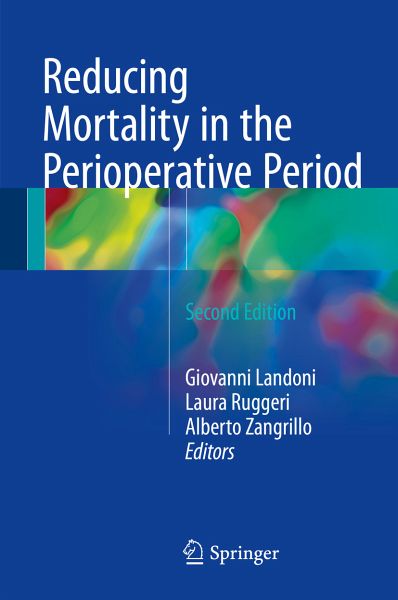
Reducing Mortality in the Perioperative Period (eBook, PDF)
Versandkostenfrei!
Sofort per Download lieferbar
72,95 €
inkl. MwSt.
Weitere Ausgaben:

PAYBACK Punkte
36 °P sammeln!
This second edition presents the first update on a consensus process during which all evidence from the literature with a survival benefit in the perioperative period was gathered, and in which 500 physicians from 61 countries worked to confirm the findings.Perioperative morbidity and mortality currently represent a public health problem, as mortality alone is 1-4% in Western countries. Surprisingly, randomized evidence of survival benefit in the perioperative period is available for only 12 topics, while two drugs have been demonstrated to increase mortality. This book offers a complete descr...
This second edition presents the first update on a consensus process during which all evidence from the literature with a survival benefit in the perioperative period was gathered, and in which 500 physicians from 61 countries worked to confirm the findings.
Perioperative morbidity and mortality currently represent a public health problem, as mortality alone is 1-4% in Western countries. Surprisingly, randomized evidence of survival benefit in the perioperative period is available for only 12 topics, while two drugs have been demonstrated to increase mortality. This book offers a complete description of each topic with updated evidence from the literature. Each chapter deals with a specific drug or technique and is structured into the following: background knowledge, main evidence from the literature, and a practical how-to section. Lastly, the book describes in detail the consensus process used, which served to reinforce the systematic review and which is currently being usedand improved in other settings with growing success.
Written by respected international experts, Reducing Mortality in the Perioperative Period, 2nd ed. will be of interest to a wide variety of specialists, including anesthesiologists, intensivists, surgeons and cardiologists.
Perioperative morbidity and mortality currently represent a public health problem, as mortality alone is 1-4% in Western countries. Surprisingly, randomized evidence of survival benefit in the perioperative period is available for only 12 topics, while two drugs have been demonstrated to increase mortality. This book offers a complete description of each topic with updated evidence from the literature. Each chapter deals with a specific drug or technique and is structured into the following: background knowledge, main evidence from the literature, and a practical how-to section. Lastly, the book describes in detail the consensus process used, which served to reinforce the systematic review and which is currently being usedand improved in other settings with growing success.
Written by respected international experts, Reducing Mortality in the Perioperative Period, 2nd ed. will be of interest to a wide variety of specialists, including anesthesiologists, intensivists, surgeons and cardiologists.
Dieser Download kann aus rechtlichen Gründen nur mit Rechnungsadresse in A, B, BG, CY, CZ, D, DK, EW, E, FIN, F, GR, HR, H, IRL, I, LT, L, LR, M, NL, PL, P, R, S, SLO, SK ausgeliefert werden.



